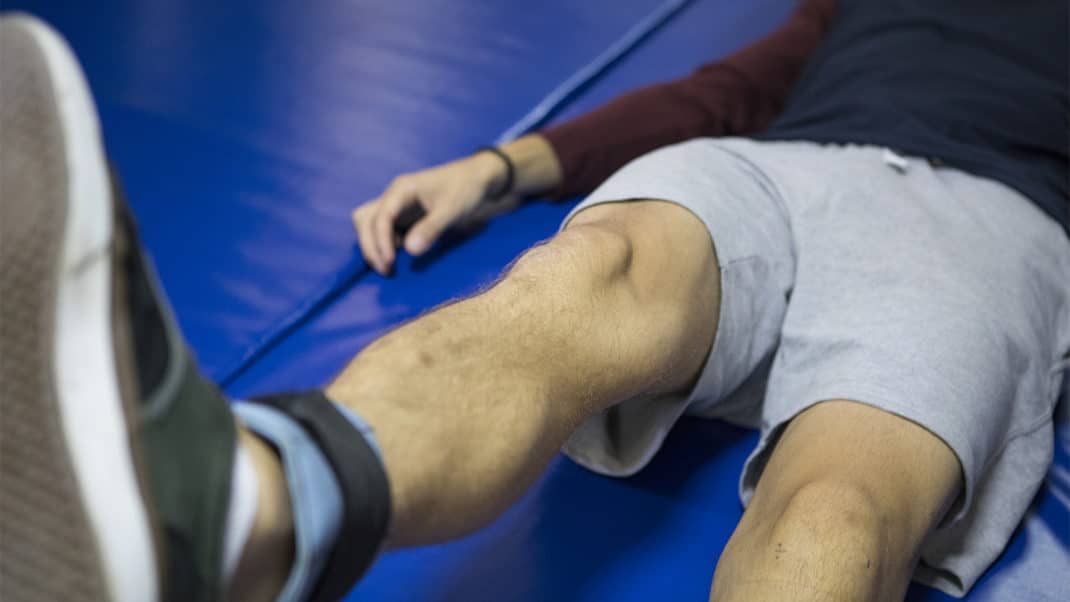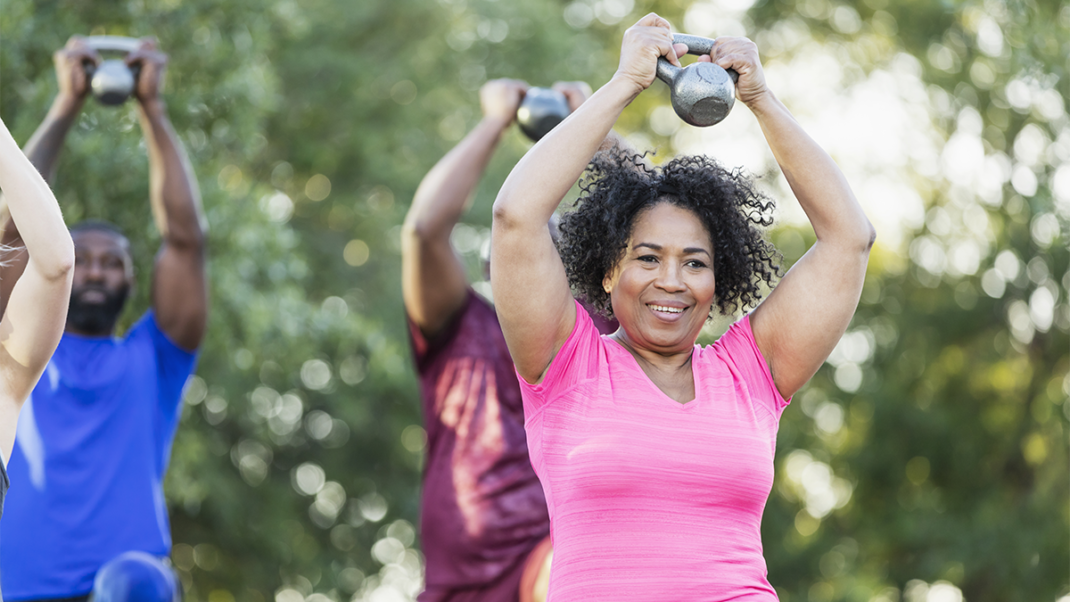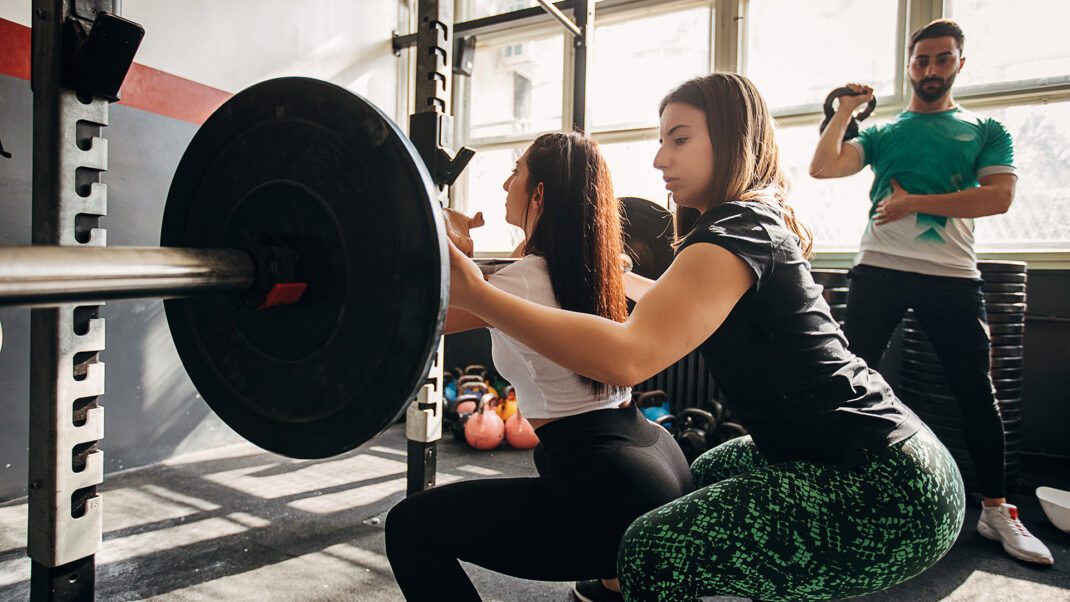Jump Training Reduces Injury Potential in Females
It’s well known that female athletes appear predisposed to catastrophic knee injuries. A recent study suggests that a 4-week jump-training program may ward off such injuries. The study, published in the Journal of Strength & Conditioning Research (2010; 24 [12], 3427–32), included 15 women basketball players whose knee valgus angle was analyzed during two landing tasks: drop jump landing and a crossover hop during a jump shot. The players then completed a 4-week jump-training program in which they received guidance on landing technique. The program consisted of 15-minute trainings, three times per week. By the end of the program, the women’s valgus angles had decreased and their landing technique had improved.
Nick Tumminello, certified personal trainer and founder of Performance University in Baltimore, urges fitness professionals to use caution when integrating jump training into a client’s program. “Many professionals tend to abuse plyometrics,” he says. “[Plyometric exercises] are not for conditioning or power training; they are designed to teach the body to become more elastic and absorb force.” To keep clients safe, he suggests few repetitions and thoughtful progression. “Look carefully at landing mechanics prior to progression,” he says. “Some people will take longer to coach and cannot progress as quickly.” He also advocates emphasizing ankle mobility exercises, calf stretches and myoafascial release work.
Here’s a sample plyometrics progression model, courtesy of Tumminello:
- Band Squat. To reduce knee valgus angle, instruct the client to perform her squats with a resistance band looped around her thighs just above the knees. Emphasize consistent tension on the band. Progress this exercise by increasing the speed.
- Box Jump. Once quality form is achieved, enhance the challenge with box jumps. Instruct the client to maintain optimal knee valgus angle and jump softly onto an elevated surface.
- Hurdle Jump. Cue the client to jump over a hurdle and pause, landing as lightly as possible. Good jumps are quiet jumps. Perform 3–5 repetitions, and then rest.
- Hurdle Double Jump. Replace the pause with two jumps per hurdle. Take a big jump over the hurdle, followed by a small hop between hurdles before moving forward. Do this for three hurdles, and then rest.
For more information on plyometrics, read the following articles:
- “Plyometric Progressions for Athletes” by Peter Twist, MSc, March 2009 IDEA Fitness Journal
- “Look Before You Jump!” by Robb Rogers, MEd, September 2008 IDEA Fitness Journal media morsels
Ryan Halvorson
Ryan Halvorson is an award-winning writer and editor, and IDEA's director of event programming.






